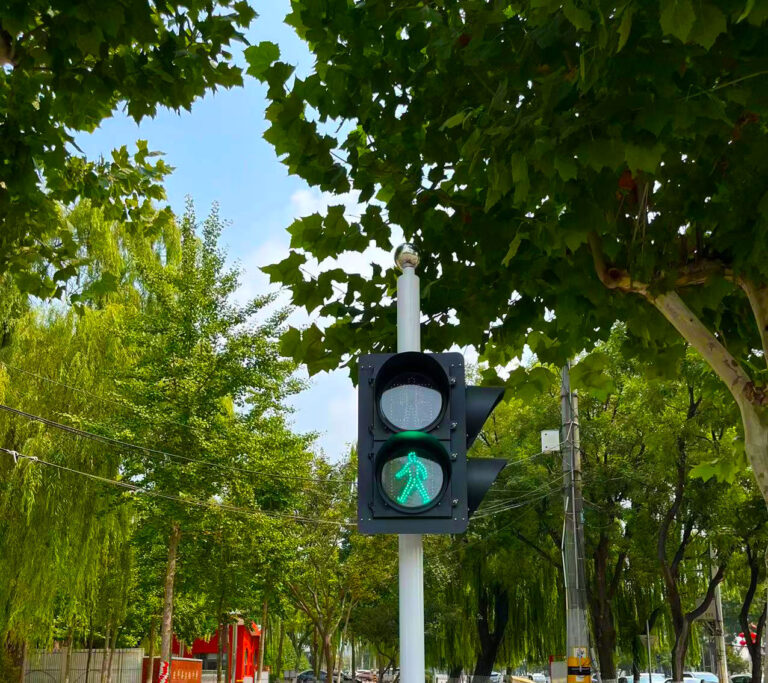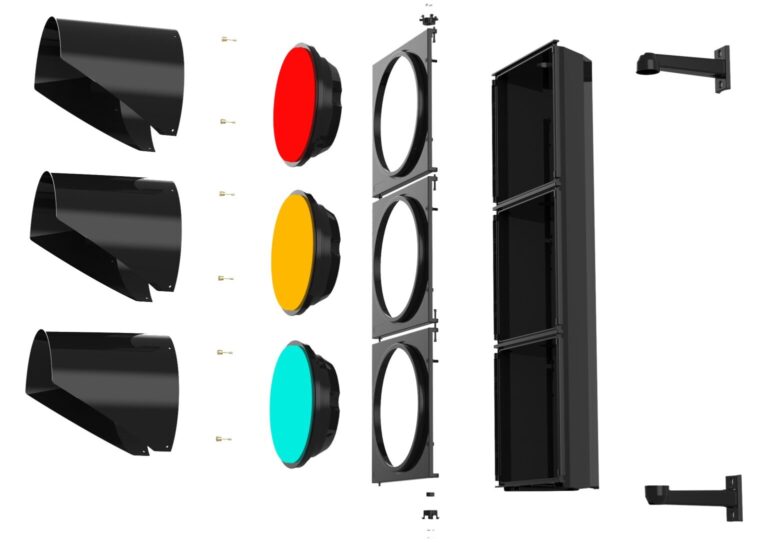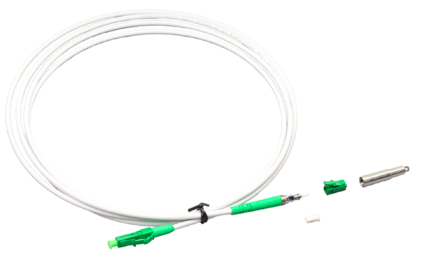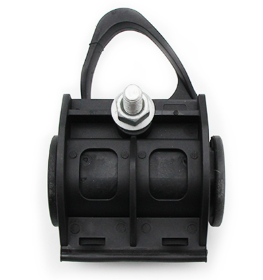Liquid caramel is one of the most popular flavorings in desserts, drinks, and culinary creations. Its rich golden-brown color and smooth sweetness make it a favorite among bakers, baristas, and chefs.
But what exactly is liquid caramel? How is it made? In this article, we'll explore its ingredients, preparation methods, uses, and storage tips so you can fully enjoy it.
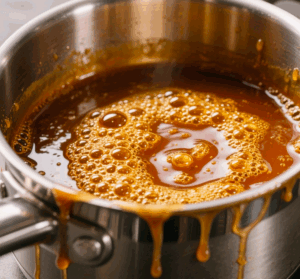

What is Liquid Caramel?
Liquid caramel is a syrupy caramel formed by heating sugar until it melts and changes color through a process called caramelization. This transformation creates a complex flavor that's both sweet and slightly bitter, with notes of toffee and butterscotch. Depending on the preparation method, liquid caramel can be thin and pourable, perfect for drizzling over desserts, or thick and viscous, perfect for use as a filling or sauce. It's widely used in coffee drinks, cakes, ice cream, and even cocktails.Ingredients Needed to Make Liquid Caramel
The simplest liquid caramel requires only one ingredient: sugar. However, most recipes add butter, cream, or water to adjust the texture and flavor.- Here's a list of common ingredients for a basic recipe: Granulated sugar is best for a classic caramel flavor. Water helps the sugar dissolve evenly and controls the cooking temperature. Butter adds richness and a smooth texture. Heavy cream creates a smooth, pourable sauce.
- Vanilla extract, sea salt, or spices add depth of flavor.
How to Make Liquid Caramel
Making liquid caramel requires patience and precise temperature control. Here's a simplified step-by-step guide:- Dissolve the sugar: In a heavy-bottomed saucepan, combine the sugar and water and heat over low heat until the sugar is completely dissolved.
- Start caramelizing: Increase the heat and bring the syrup to a boil without stirring. The sugar will begin to change color, first turning a light golden and then a deep amber.
- Add butter and cream: Once the desired color is reached, carefully stir the butter and cream together. Be careful—this step will create bubbles.
- Add seasoning: If desired, add vanilla extract, salt, or spices. Making liquid caramelisn't just about melting sugar; it's a chemical reaction. Caramelization occurs when sugar molecules break down under high temperatures, creating hundreds of new flavor compounds. This process begins at around 320°F (160°C) and continues as the temperature rises, resulting in a richer flavor and deeper color.
Types of Liquid Caramel
Not all liquid caramels are created equal. There are different styles, each with its own distinct characteristics:- Classic Caramel Sauce: Smooth, creamy, and perfect for desserts; Caramel: Cooks longer for a richer, slightly bitter taste; Clear Caramel: Dairy-free, translucent, and easy to pour.
Uses for Liquid Caramel in Cooking and Baking
Liquid caramel has a wide range of uses. It can be drizzled over ice cream, pancakes, or waffles; added to cake batters or fillings; used as a glaze for fruit and pastries; and mixed into cocktails for a dessert-like experience. Its smooth texture and rich taste make it a must-have for home cooks and professionals alike.Common Mistakes in Making Liquid Caramel
Even experienced chefs can encounter difficulties when making liquid caramel. Common problems include:- Crystallization: The sugar can form hard crystals instead of melting smoothly. To avoid this, don't stir the syrup after it boils.
- Separation: If the butter and cream aren't thoroughly combined, the sauce may separate.


